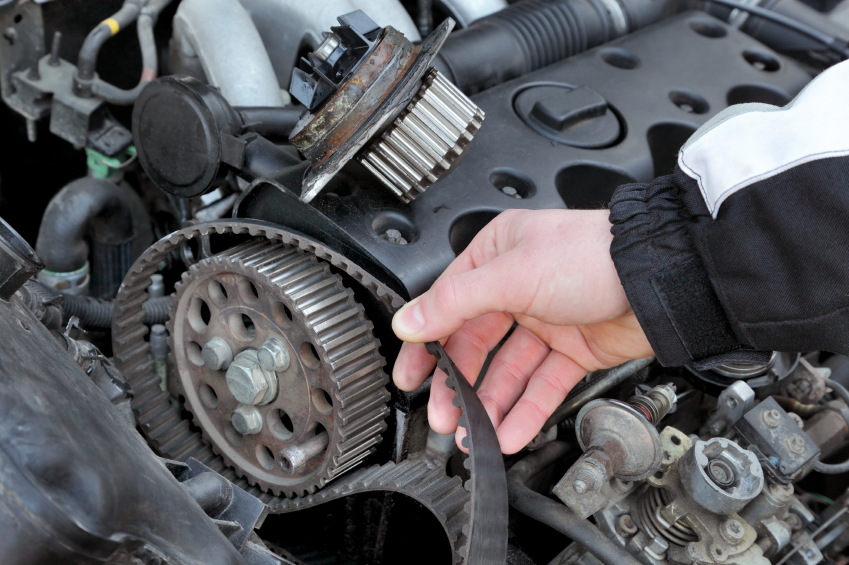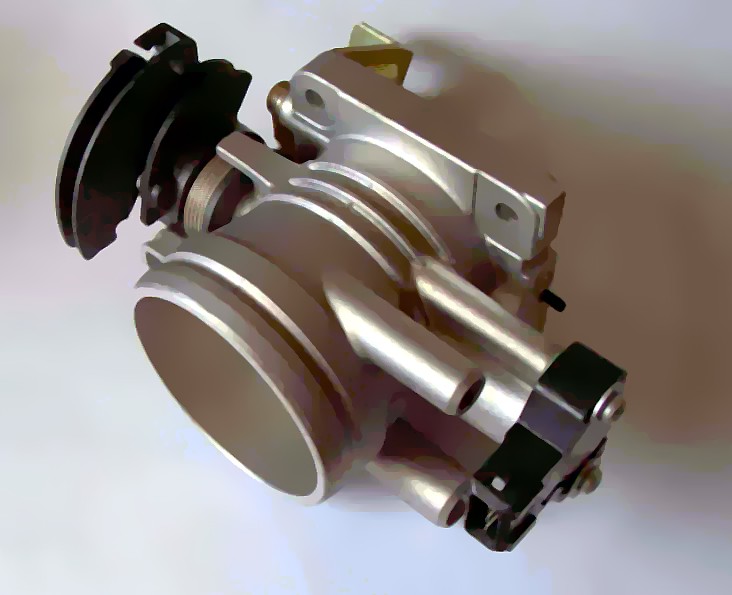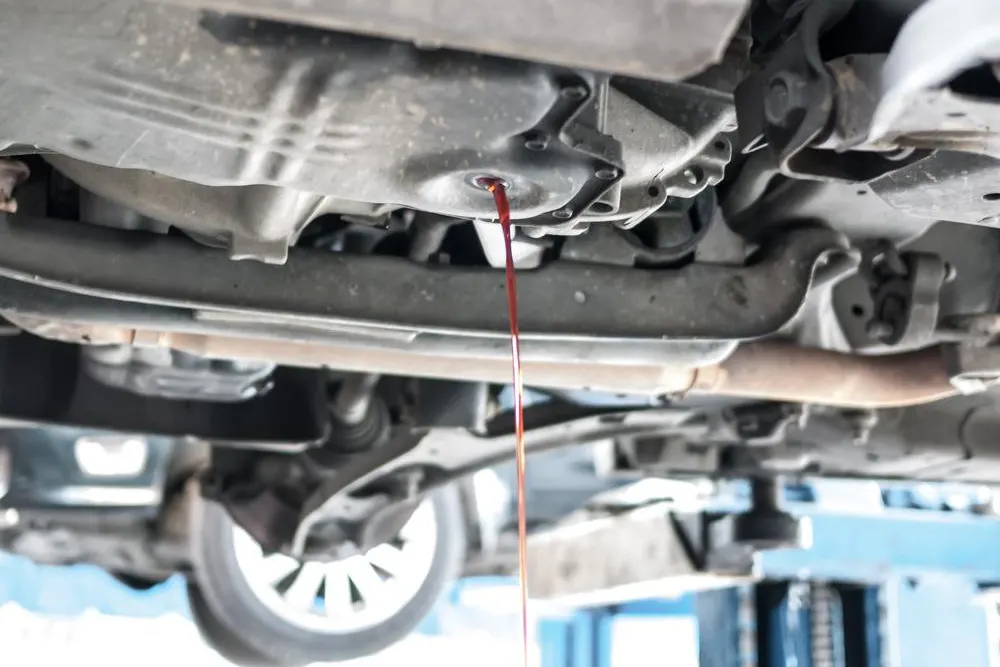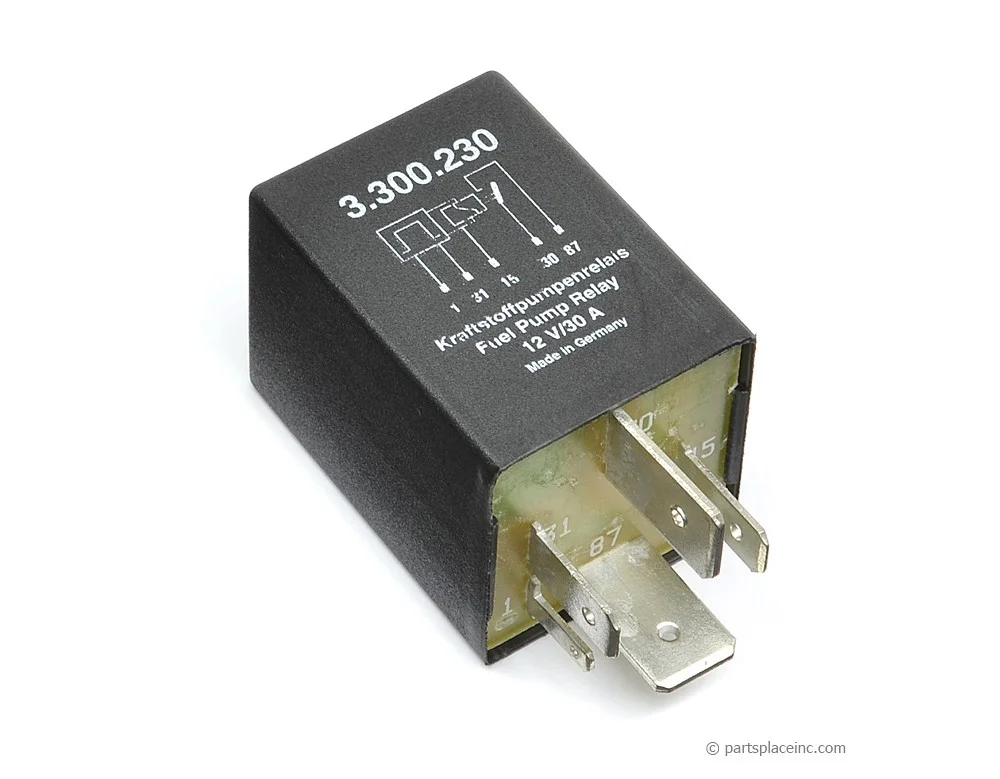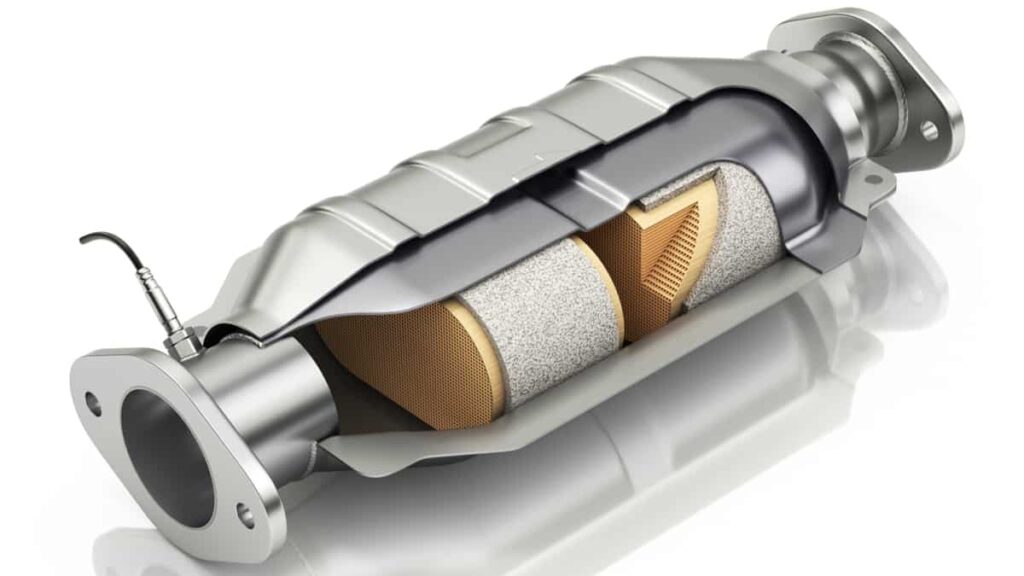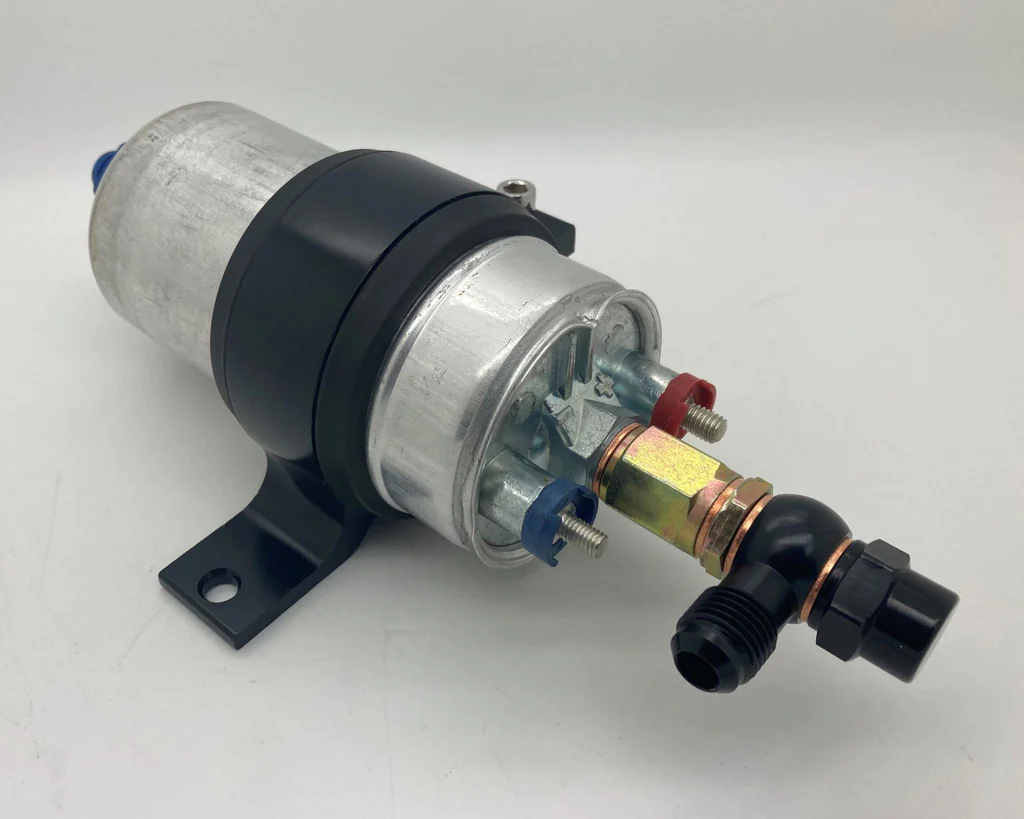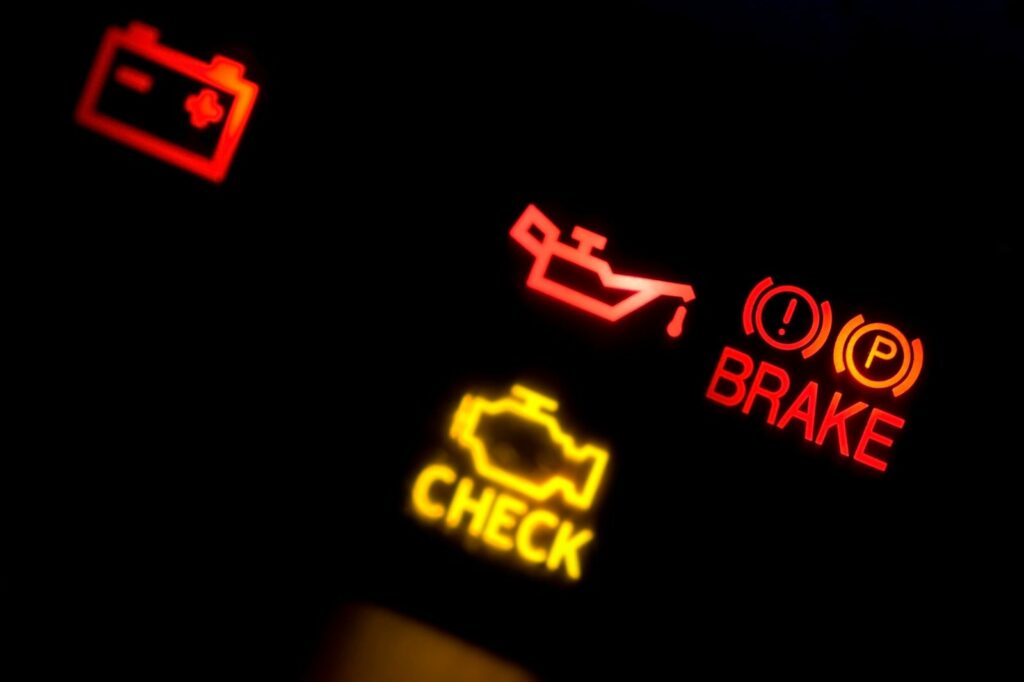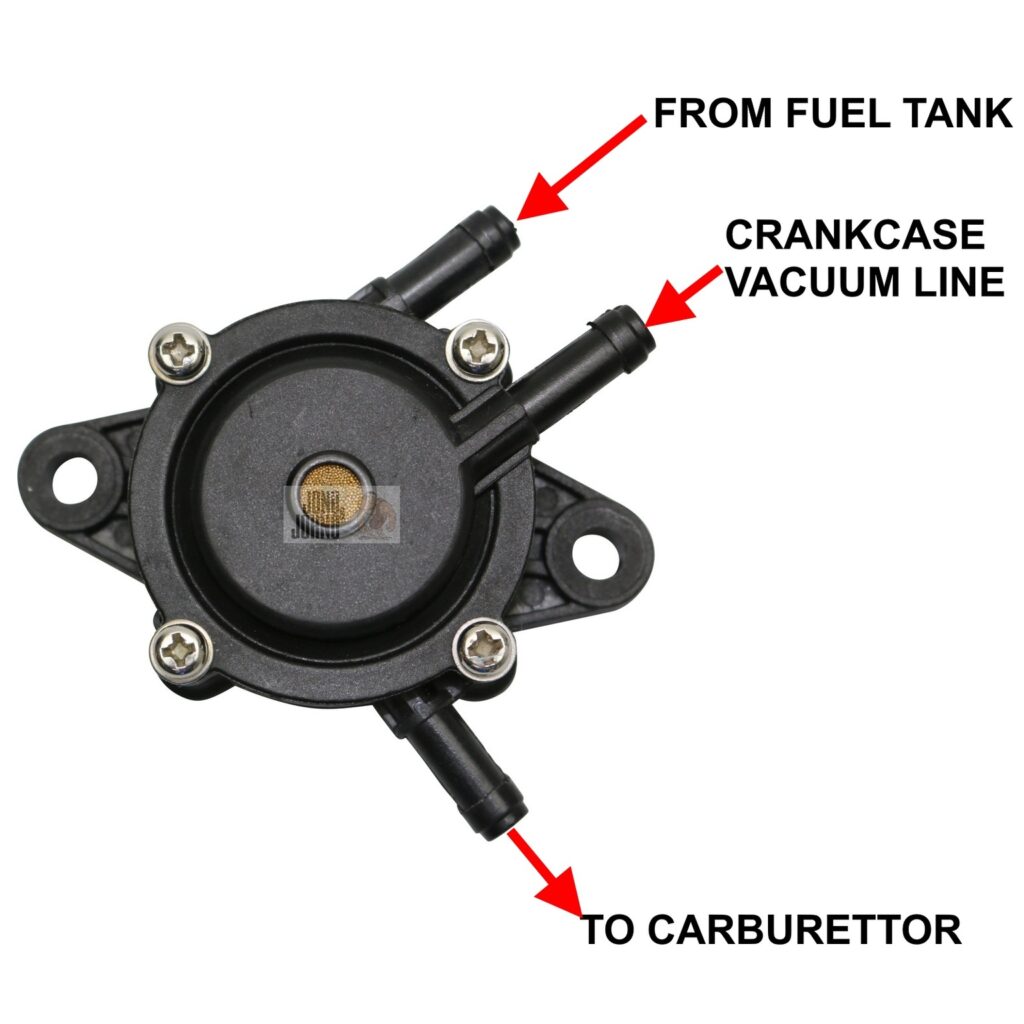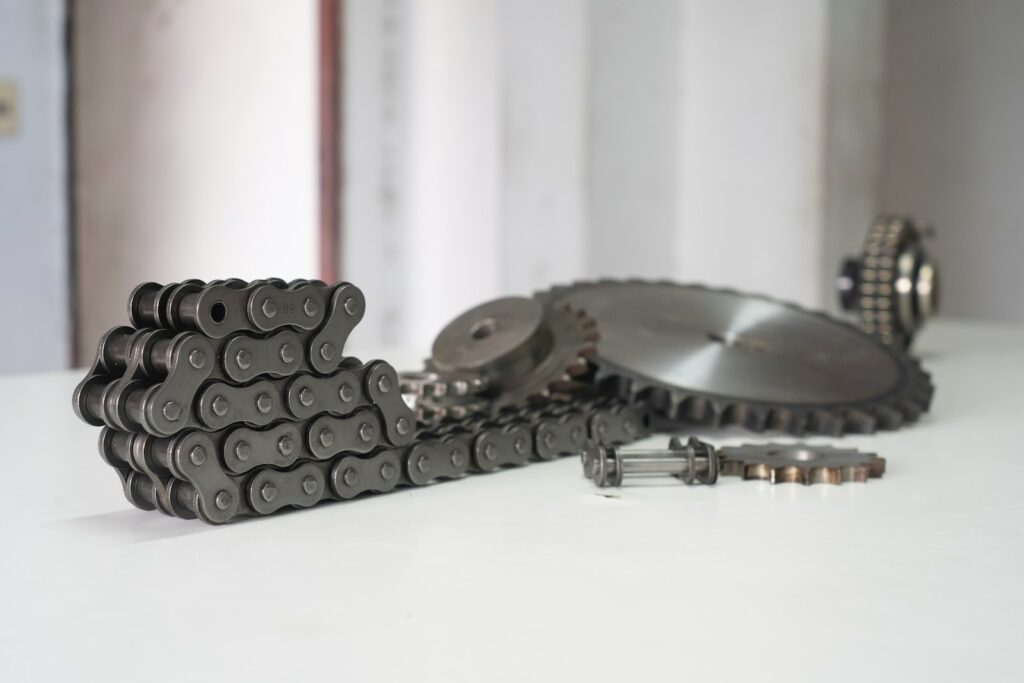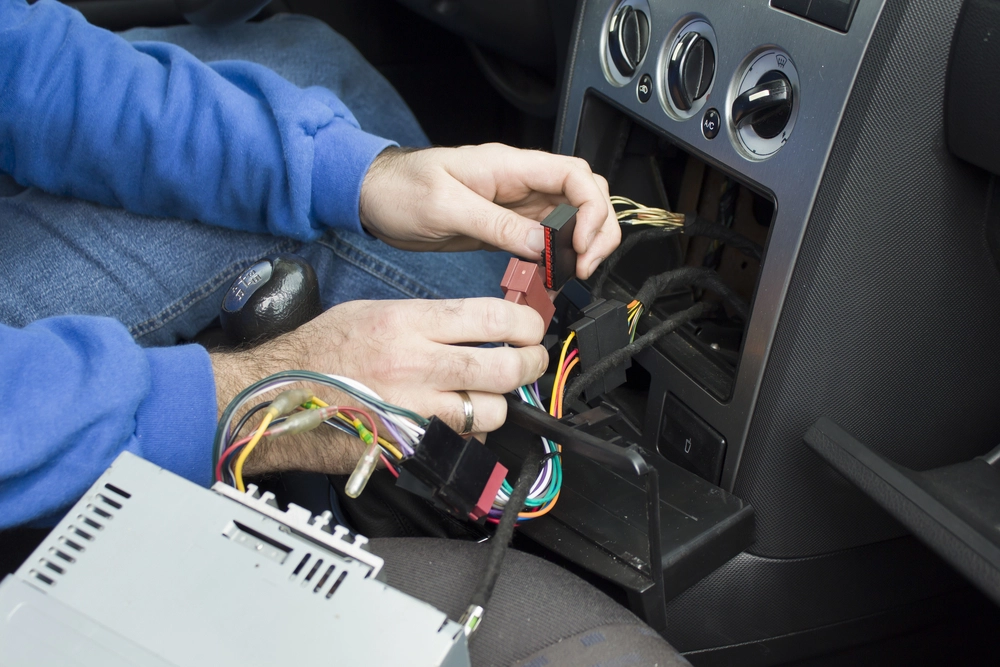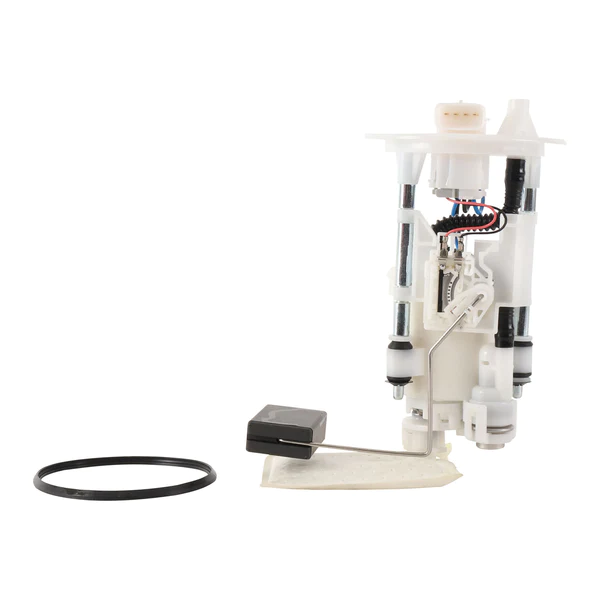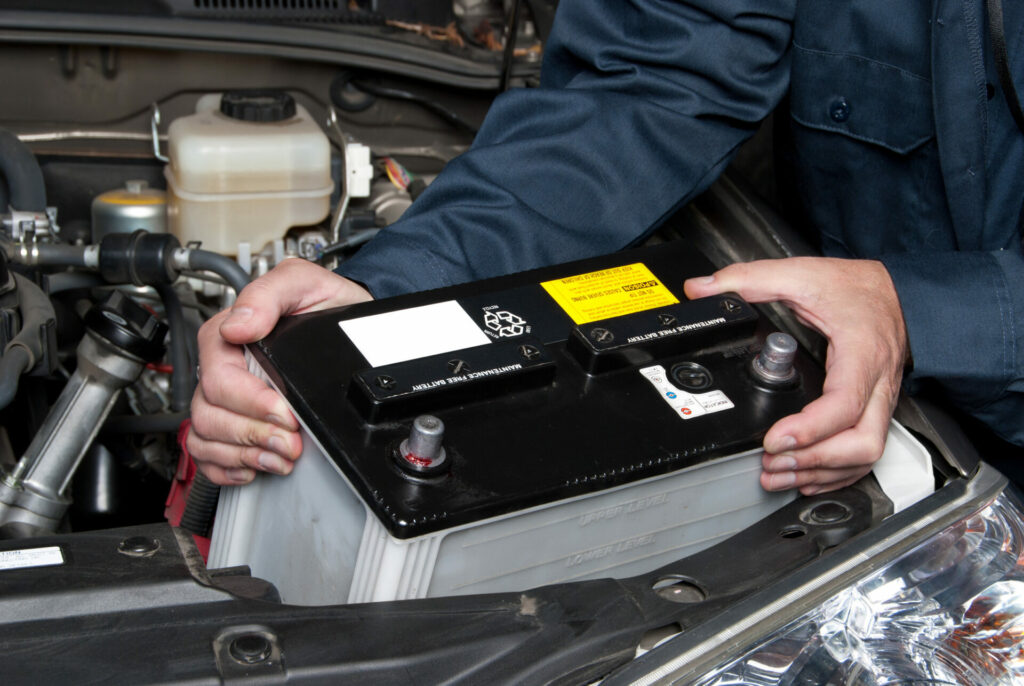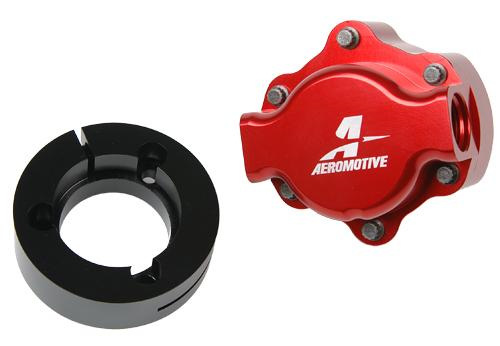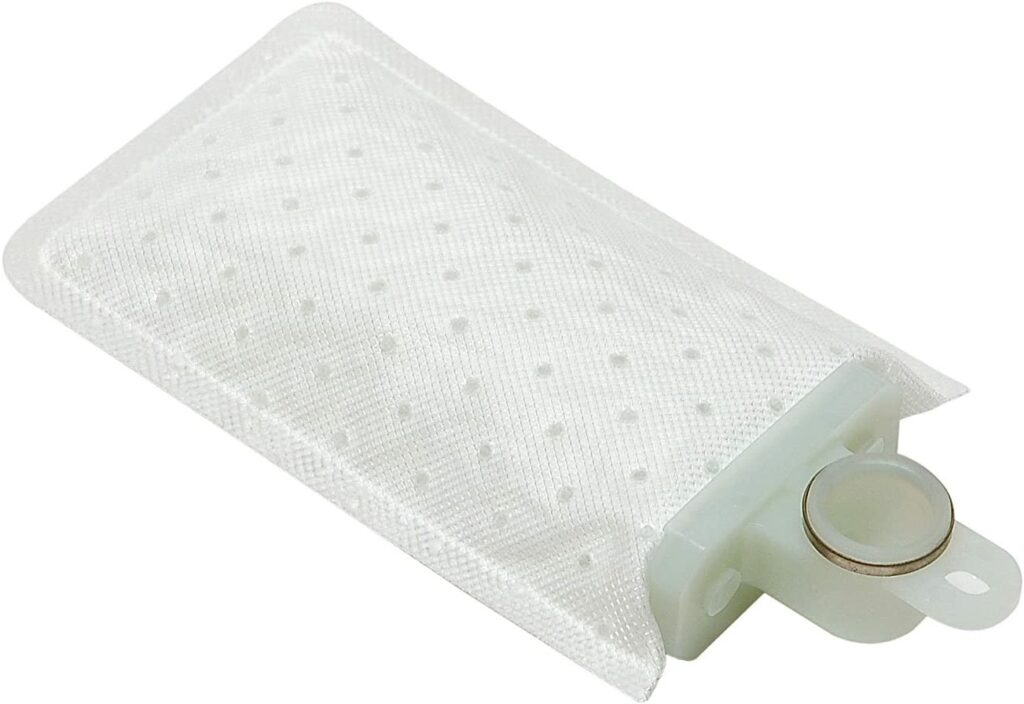Introduction
Your car’s timing belt is an important part of the engine, and it’s essential that you replace it at the recommended interval to keep your car running smoothly. In this blog post, we’ll walk you through the steps of replacing a timing belt, as well as some important precautions to keep in mind.
Step 1: Locate the Timing Belt
The first step in replacing your timing belt is to locate it. On most vehicles, the timing belt is located at the front of the engine, and is typically covered by a plastic or metal cover. To access the timing belt, you’ll need to remove this cover.
Step 2: Remove the Old Timing Belt
Once you’ve located the timing belt, the next step is to remove the old one. This typically involves releasing the tension on the belt, and then carefully removing it from the pulleys. Be sure to keep track of the routing of the old belt, as you’ll need to install the new belt in the same way.
Step 3: Install the New Timing Belt
With the old timing belt removed, you’re ready to install the new one. Carefully route the new belt around the pulleys, making sure to keep it in the same position as the old belt. Once the new belt is in place, you can release the tension on it, and make any necessary adjustments.
Step 4: Check the Timing
After installing the new timing belt, it’s important to check the timing of the engine. This can typically be done by using a timing light or a timing gun. If the timing is off, you’ll need to make adjustments to the engine to bring it back into alignment.
Step 5: Reinstall the Cover
With the new timing belt installed and the timing of the engine checked, the final step is to reinstall the cover that was removed in step 1. This will protect the timing belt from debris, and keep it running smoothly.
Precautions
When replacing a timing belt, there are a few important precautions to keep in mind. First, be sure to use the correct belt for your vehicle. Different vehicles have different belts, and using the wrong one can cause damage to your engine.
Second, be sure to follow the manufacturer’s recommended replacement interval. Replacing the timing belt too early or too late can lead to problems down the road.
Finally, be sure to take your time when installing the new belt. Rushing can lead to mistakes, and a improperly installed belt can cause damage to your engine.
Conclusion
Replacing your car’s timing belt is an important maintenance task that can help keep your engine running smoothly. By following the steps outlined in this blog post, and keeping in mind the important precautions, you can replace your timing belt with confidence. Remember to always refer to your vehicle’s service manual for the specific instructions for your make and model.

